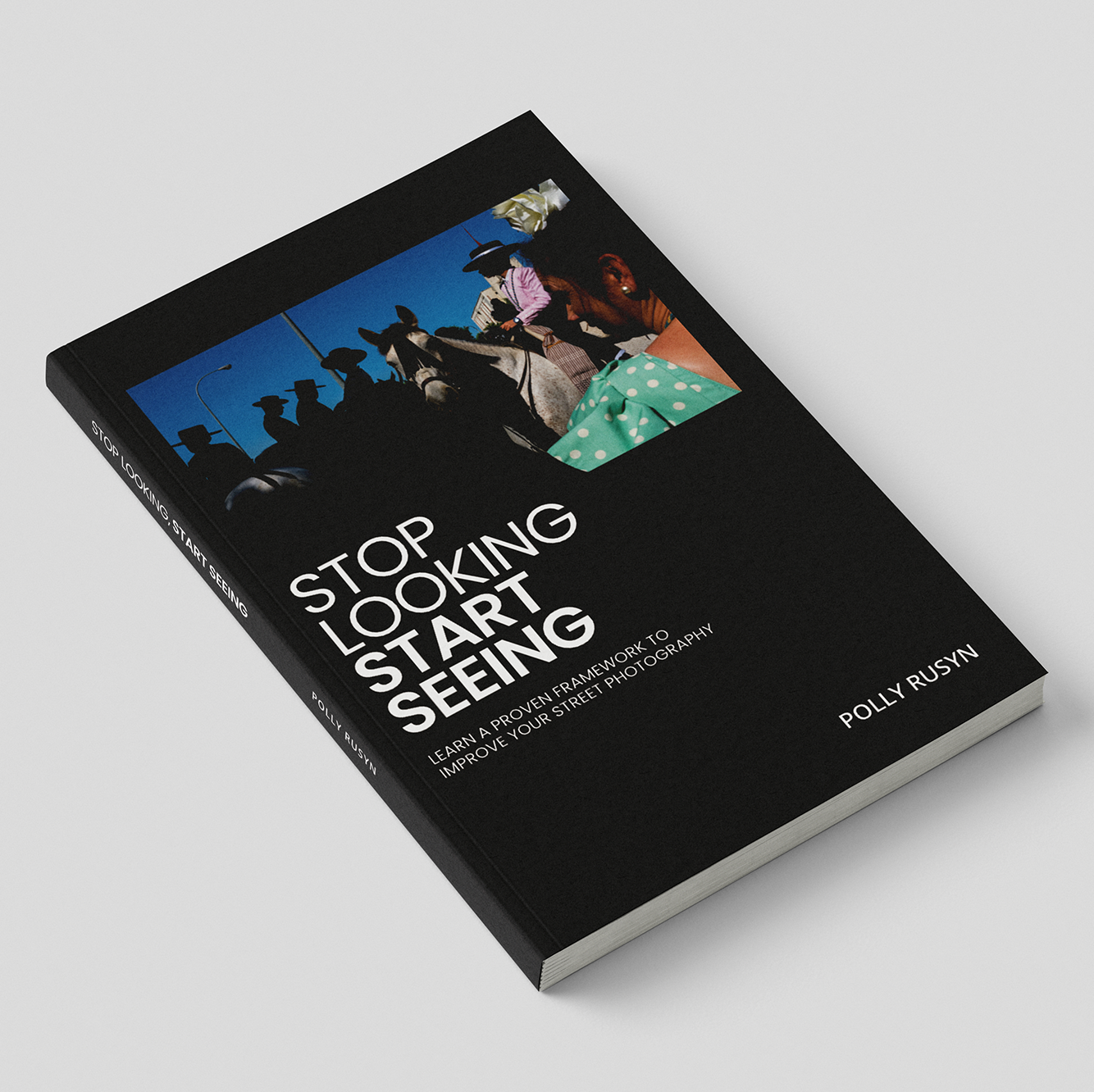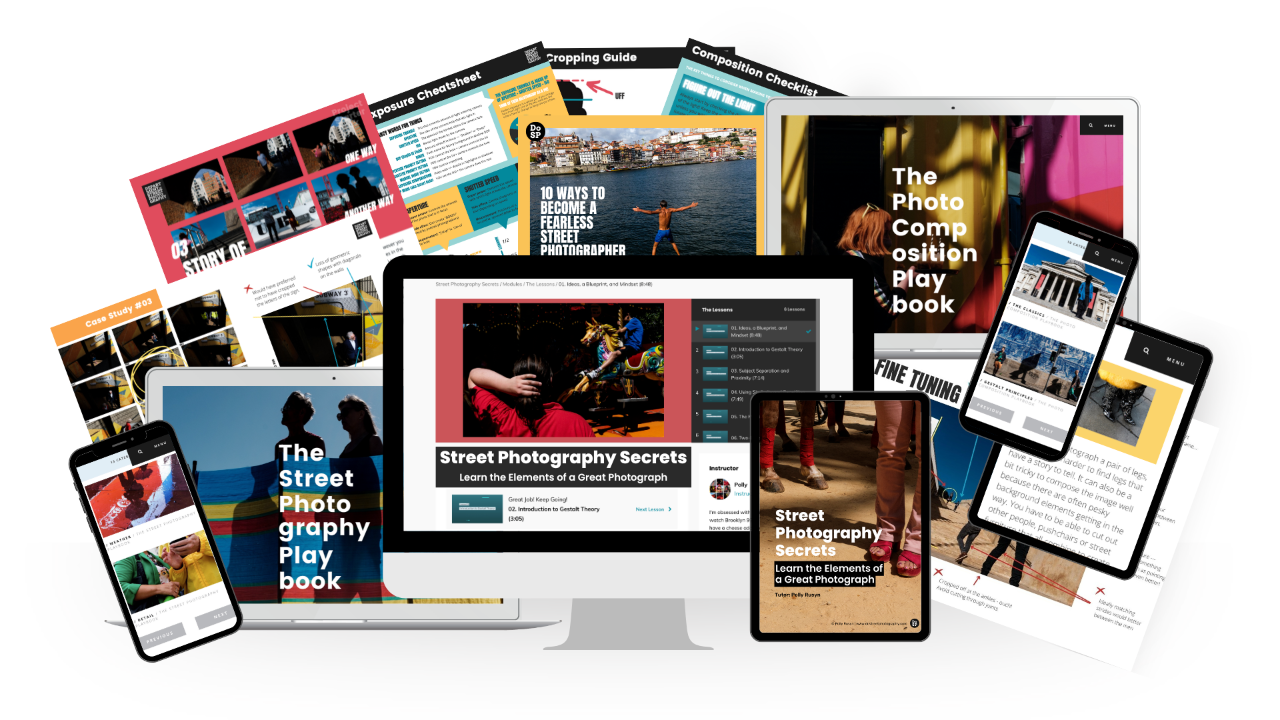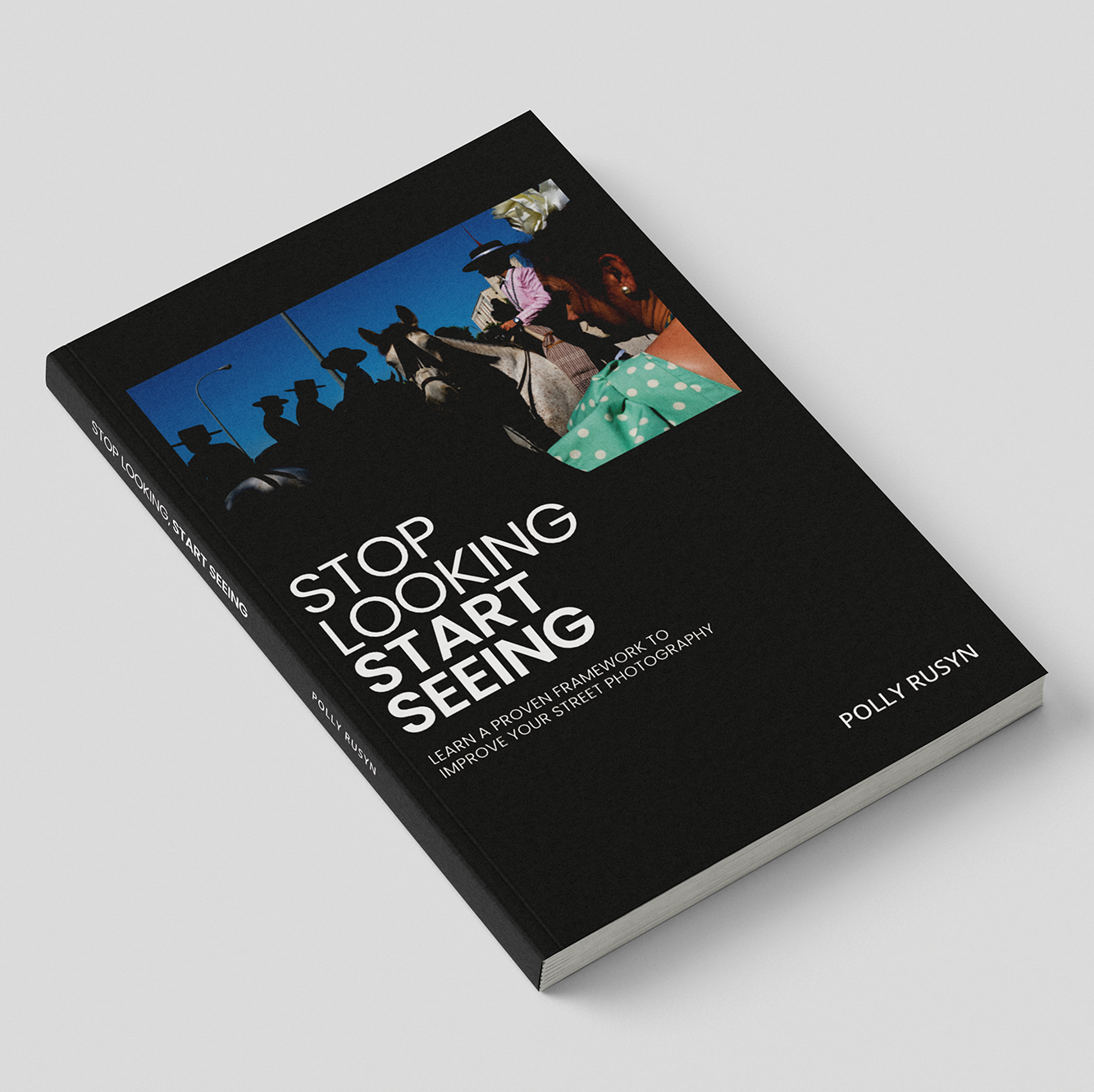A Definition of Street Photography
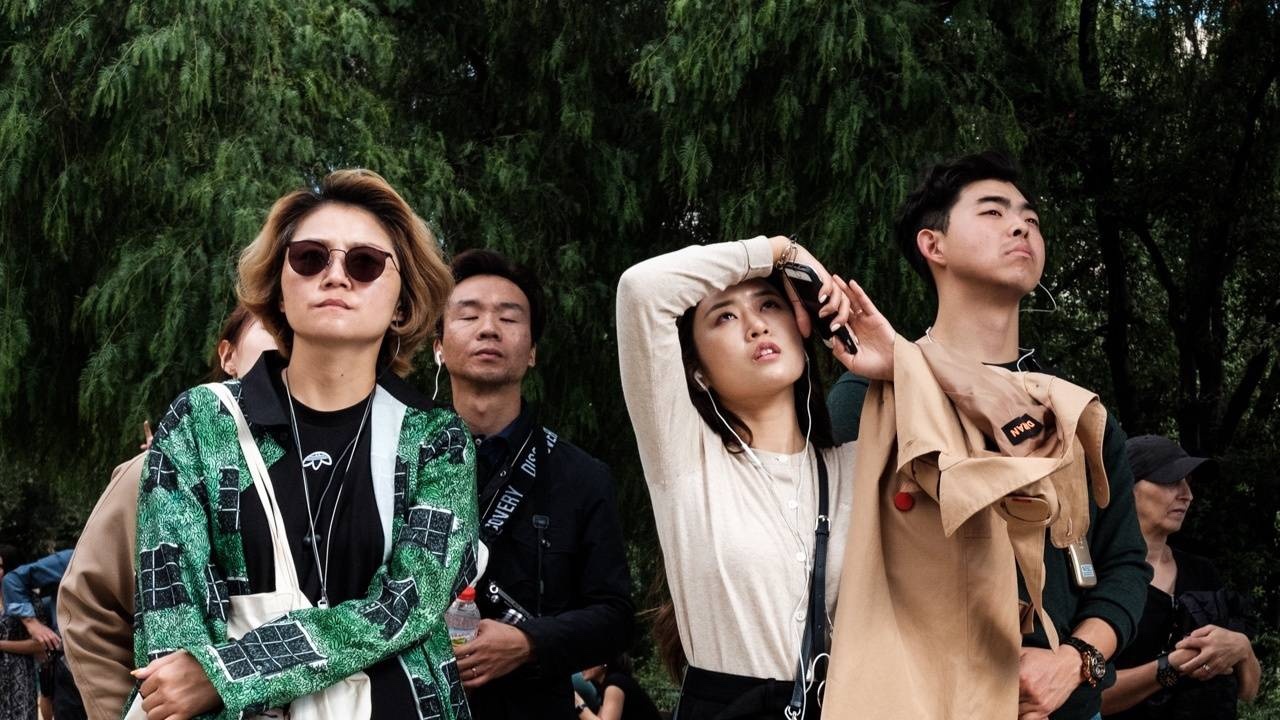
What is street photography anyway? Oh my! This is such a hotly debated and often controversial topic, but I'm going to weigh in anyway with my own humble opinion, and dig into the definition of street photography as well as question the rules. I guess I should add a trigger warning for the purists out there...
These are the questions I shall attempt to answer:
1. Do we really need a definition?
2. Does there have to be a street?
3. Should there be rules?
And then I'll leave you with my own definition of street photography.
"The marvels of daily life are exciting; no movie director can arrange the unexpected that you find in the street." — Robert Doisneau
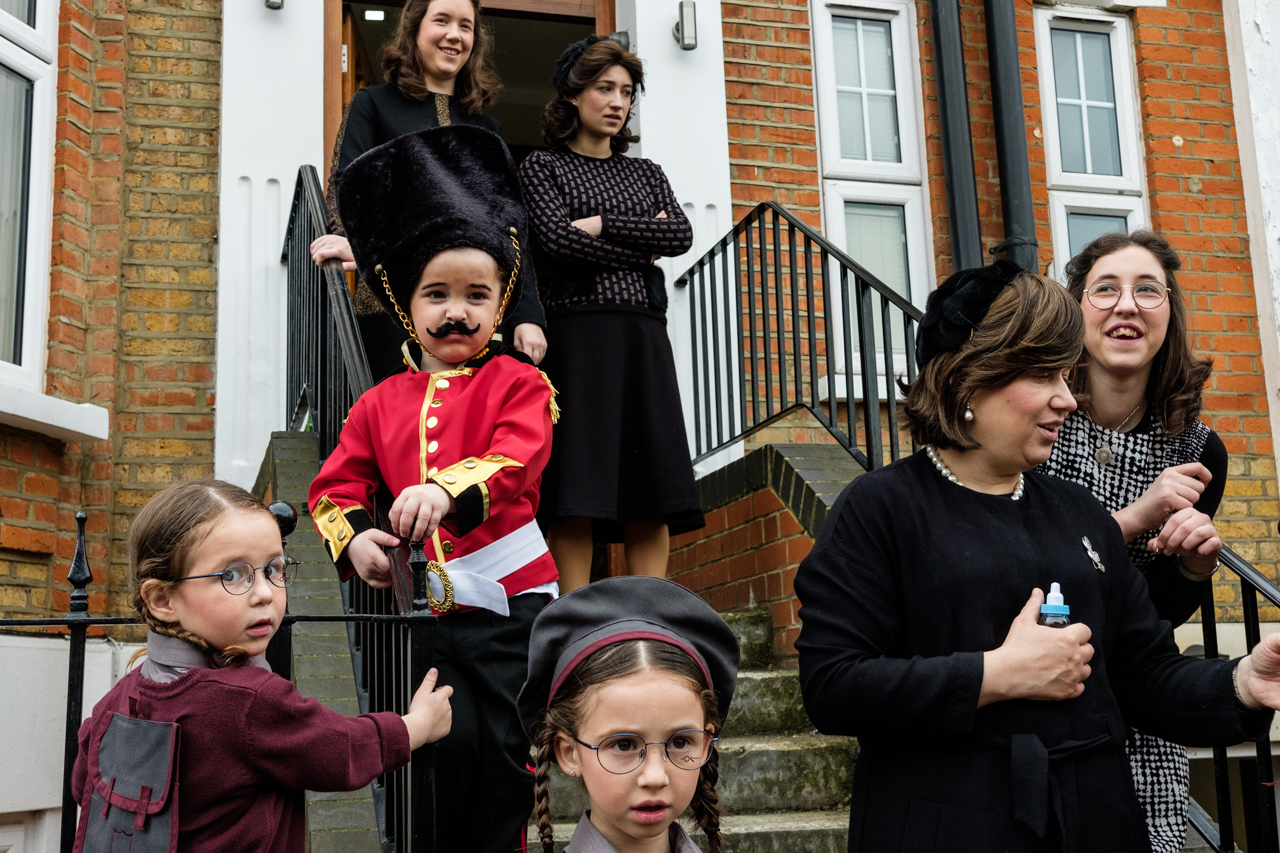
1. DO WE REALLY NEED A DEFINITION?
Yes, we do. Let's kick off with defining what a definition is: According to dictionary.com it is: "The act of defining, or of making something definite, distinct, or clear". Definitions allow us to have a collective understanding of what something is; so it makes sense to have a definition right? Landscape photographers, portrait photographers, and many other genre-of-photography photographers don't seem to argue about what defines their photography quite as much as street photographers do.
The Encyclopaedia Brittanica actually does a pretty good job of defining street photography:
"Street photography, a genre of photography that records everyday life in a public place. The very publicness of the setting enables the photographer to take candid pictures of strangers, often without their knowledge. Street photographers do not necessarily have a social purpose in mind, but they prefer to isolate and capture moments which might otherwise go unnoticed."
You may argue that a definition is limiting, and you don't want to be limited! That's cool, you can totally be a street photographer who is also a documentary photographer, or a fine art photographer who uses a street photography approach, etc. Otherwise what are you? Simply a "photographer"? That's cool you can call yourself that too — but as there are many genres of photography we are back to "what kind of photography do you do?". See where I'm going with this? It seems a little difficult to be genre-less in a genre-full practice.
A big part of the problem seems to arise from the fact that the word "street" is in the title; being a wildlife photographer it's obvious your photographs will be of wildlife, being a sports photographer its very clear what you are photographing, yet when you are a street photographer it's not quite to clear cut... which brings us to the second question...
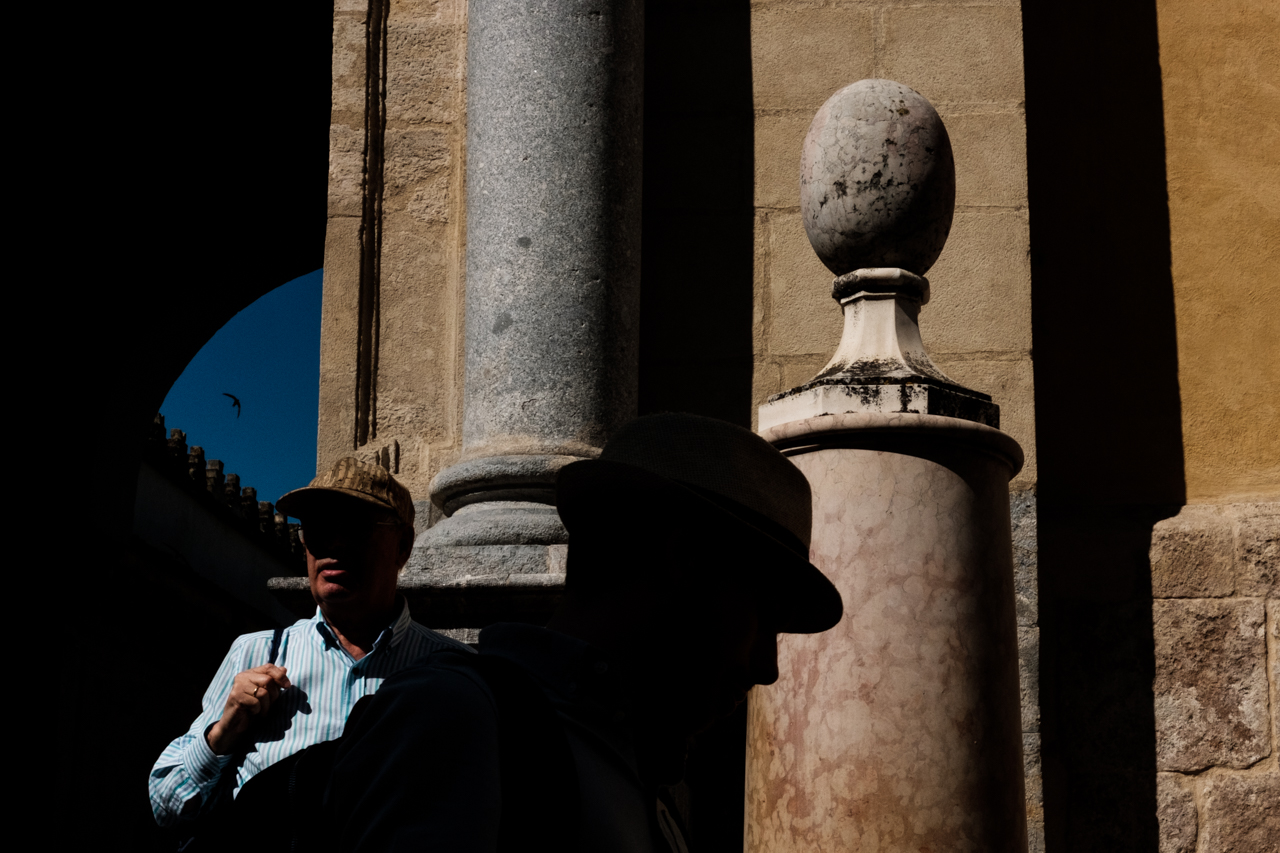
2. DOES THERE HAVE TO BE A STREET?
No, definitely not. The term is both limiting and misleading. Sounds like a street photography should be photos of a streets right?! And all street photographers, except for a small number of absolute beginners, will fully appreciate that a street is not the key component to street photography, and actually if it's a picture of a street with maybe a few boring people doing nothing of interest, that's not street photography — that's a snapshot of a street. Darn this thing called street photography for being the problem child in the photography world!
So if what we are calling it is a problem, would trying to rename it help? Street photographer Nick Turpin is advocating for the term "Candid Public Photography" to be adopted as a more accurate description of what street photographers do.
"It seems to me that Street Photography as a phrase now lets us down to some extent, it fails to identify the key aspects of our practice, namely that the work is shot without intervention, it is made in a public place (not necessarily the street) and it is a Photo Graph, drawn with light and not with a computer after the fact." — Nick Turpin
He makes a valid point don't you think? However, while I agree with him I’m not sure "candid public photography" will catch on (although I do kind of like the term "candid photography") because "street photography" has been around for a long time, with many masters' names attached to it, so I believe the term is here to stay. It just can't be taken literally (ie a photo of a street) — we just need to agree a bit on what it is (or not, as debating is also fun!). To me, the term is more like a brand name that doesn't have a literal meaning (a bit like "Hoover" being used to describe vacuum cleaners). Ultimately it is an approach to photography rather than a description of what you are photographing.
"Street photography is an attitude, a state of mind, a way of being, rather than something that has to be done exclusively on the streets of cities." — Matt Stuart
Street photography is most definitely not limited to a street. In fact you can do it anywhere (inside or outside). Inside?! I hear you shout as you shake your fist to the sky. Why not? You can shoot at the beach, at a festival, in an alley, in a park, in a piazza, in a cafe, at a museum or art gallery, in a metro station, at an event, on a bridge, under a bridge... And you don't even need actual people, just some evidence of them. Your street photography can be documentary in style, or fine art, or abstract, or funny, it can be fiction created out of fact, it can be an interpretation rather than a description, it can be an observation of a quirky moment that existed only for that gloriously serendipitous second when you saw it and captured it...
So if it can be so many things in so many places then what the donkey is it?! It's an approach — have you not been paying attention? So what is this "approach"? Guess that's where some rules come in to play...

3. SHOULD THERE BE RULES?
Yes, I'm afraid we have no choice! Without rules we cannot have a definition, and without a definition we don't have a genre, and without a genre we don't have anything to define what we do, and so we are stuck in a "rules — definition — genre" loop! And no-one wants to get stuck in a loop.
But rules are limiting you shout, once again shaking your fist at the sky! Yes, they are - I totally agree, that's why I believe the rules should be as minimal as humanly possible — just enough to create a definition.
So for me these would be the simple rules of engagement for a street photographer:
- Street photography must be candid and unstaged (street portraits are portraits)
- Street photography must include life, or evidence of life (as we know it... or not)
- Street photography must be interesting in some way (otherwise it's just a crap snap. Go home!)
- Street photography must be created using a camera (put the composite down and back away...)
Otherwise I say fill your creative boots, knock your experimental self out, go for it and try anything and everything within these minimal constraints.
But then, and I hope you are strapped in for this, there is the argument about what is "allowed" in terms of the technology we use in making pictures... Uh oh! More rules dang it. Yep, seems some things are bad and some real bad, but other things are OK! Depending on who you talk to that is — so the below categorisation is just from what I have picked up on here and there (and before you shout at me - I should tell you that I'm not in full agreement!)
BAD:
- Double exposure
REAL BAD:
- Panoramic algorithms in mobile phone cameras
OK:
- Flash (daytime fill-in or over-exposed nighttime)
- Blur (motion or straight up out of focus)
- Noise (grain)
- Dark shadows (nothing is that dark!)
- Distorted wide angles (we are not fish)
BUT, if technology enables all of these things in-camera (whatever that camera is — obviously some will have more capabilities than others) then surely it's just another tool at our disposal? As long as we are not making digital art (the aforementioned composites) after the fact ("the fact" being the process of actually making photos).
And exactly as the style of street photography has evolved (everything evolves, don't be resistant to change dammit!), the technology we use to make photographs has also evolved, and for the most part been embraced. It is curious to me that some things are taboo. Photography is something made with a camera. You can't make a photo without a camera (if you have then it's digital art, not photography — gonna keep going on about that).
Shouldn't what we are able to do with a camera dictate the continued evolution of street photography? Otherwise we'd all only be making black and white photographs on film, no? The only reason black and white street photography even exists is because colour photography wasn't technologically possible at the time when photography was invented. Many still photograph using film for the love of the process and the aesthetic, some play with pinhole cameras for the fun of making pictures in the most basic form, most have a DSLR or a Mirrorless camera (essentially picture-making computers), and pretty much everyone has a mobile phone with a camera. All these "machines" have functions and capabilities. Why not use the technologically we have developed in our creative expression as photographers, when our creative expression is non-existent without the technology?
I'm going to be bold and say that you CAN blur, flash, double expose, mess with an algorithm, fisheye, shake, or shimmy! Be creative, use the tech as a tool because that is what it is, surely? I know purist street photographers will be raging at this idea, that's OK, I was once a purist too, but I questioned why one bit of tech was OK but another wasn't. It didn't seem fair to be able to, for example, use a flash to obliterate a person leaving only a bleached white silhouette, but not be able to make a double exposure, which is essentially just two consecutive frames overlaid on one another in-camera. Both flash and double exposure is enabled by the camera's tech (and I could argue that a flash that strong is an add-on bit of tech so not even part of the camera). And neither would have been possible on the first camera ever made…
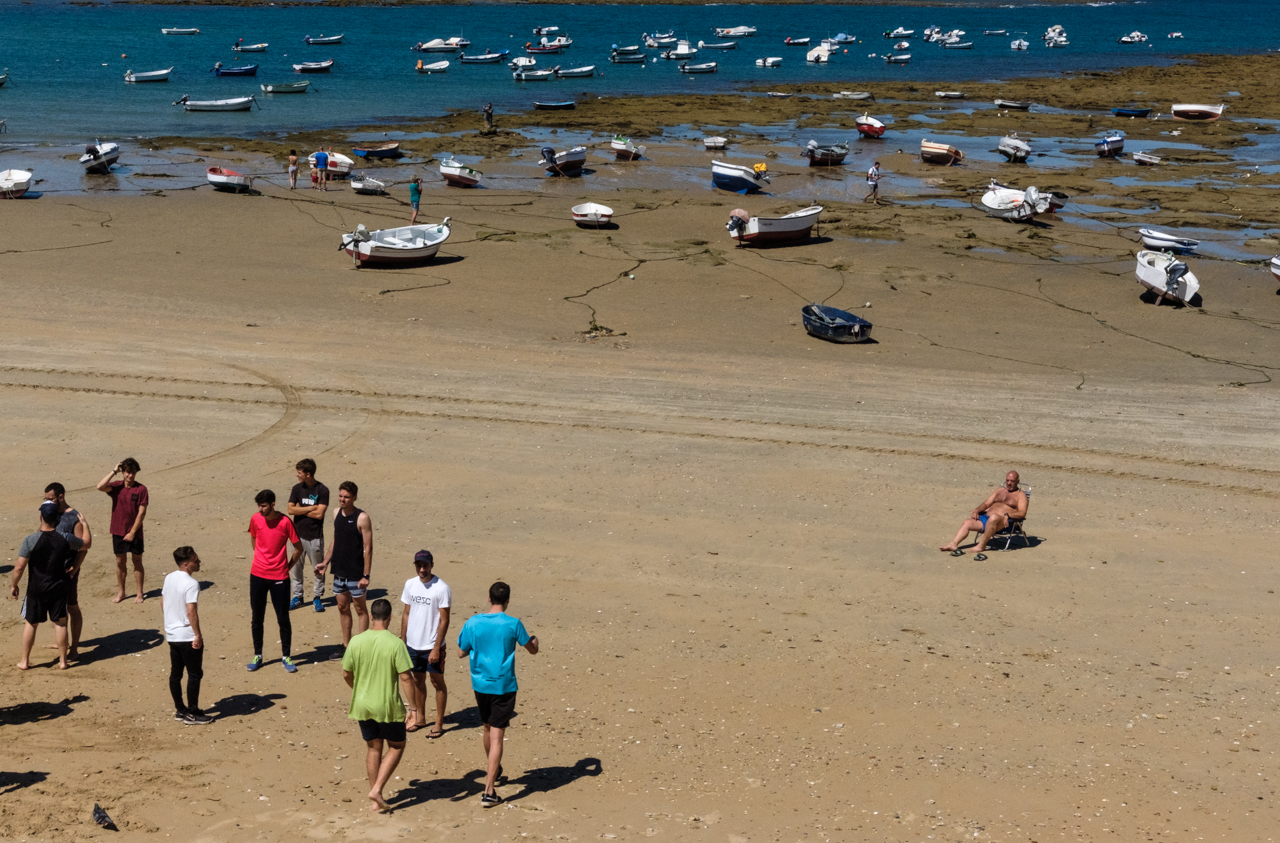
WHAT STREET PHOTOGRAPHY IS FOR ME
For me it is about our observations, and is unique to each of us. It's about the things that make us curious, that we finding interesting or beautiful or funny, that we decide to capture with our cameras. You can put a group of street photographers in one location and they will all notice something different or at least interpret it differently (unless they are literally standing next to each other!).
Through our street photography we can show other people what we notice in the world, we can play with what we see by how we frame it, what we include, what we exclude, and when we decide to press the shutter. We can express our creativity in the most challenging of environments: the un-controlled world in front of us, all moving and ever changing.
FINAL THOUGHTS
Let’s have just enough rules to make a differentiation from other genres of photography. But let’s allow creative evolution within that. Photography is tech-dependant so why constrain what is acceptable and what is not for the sake of a romantic view of street photography. Ultimately our eyes see the possibilities for a photograph, our imaginations allow us to create a story, and our creativity enables us to construct the image.
"Street photography is the art of observation, anticipation and imagination, combined with the science of composition." — Polly Rusyn
Words and pictures © Polly Rusyn | All Rights Reserved

